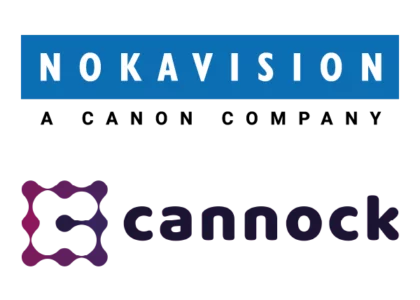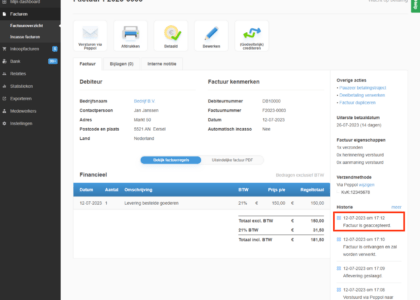Is your customer asking for a UBL invoice and you have no idea how to deliver it? In this article, we provide 3 tips that will help you along.
A UBL invoice is an e-invoice. This invoice is automatically read and processed by the recipient’s software. In some cases, sending a UBL invoice requires a different approach than you are used to. The following tips will give you insight into what it takes to send a UBL invoice.
Tip 1: See what options for sending a UBL invoice your existing software has
Did you know that many accounting packages and ERP software have the ability to send a UBL invoice as standard? Many software users are unaware of this. It is therefore a good idea to consider what capabilities your existing software has.
Sending a UBL invoice via Peppol
Can your software generate a UBL and send it through the Peppol network? Then you can get started right away! The vast majority of organizations that ask their suppliers for an e-invoice are connected to the secure Peppol network. So you can send an e-invoice to your customer right from your software. The way you can set this up varies from one software package to another. It is therefore best to contact your supplier to find out how you can do this.

Mailing a UBL invoice
Can your software generate a UBL invoice and send it by email? Then check carefully how your customer wants to receive his e-invoice. Is this via Peppol? Then you need to connect to this network. This does not have to be complicated at all. With a tradeinterop account, you can easily send e-invoices from your accounting or ERP software via Peppol.
My software cannot create a UBL
Some software packages are not able to create a UBL invoice. Examples include text processing programmes such as Word and Excel and customised ERP software. In that case, you can also send e-invoices via an e-invoicing portal.
Tip 2: Map out how many e-invoices you want to send
Sending e-invoices also offers advantages for you as a sender. Your invoices are immediately entered by the recipient and do not remain in a mailbox for a week before they are manually processed. In short: the processing time of your invoice is much shorter. This makes it possible for customers to pay their suppliers sooner.
Do you want to send UBLs only to the customer who requested them or do you want to send e-invoices to as many customers as possible? If the latter is the case, it is good to specify your requirements and how you can best arrange this for your organisation. An e-invoicing service provider, such as tradeinterop, can help you with this.
Tip 3: Find the right e-invoicing service provider
A good e-invoicing service provider will ensure that it is compatible with the capabilities of your existing software and will also provide a good user experience. Your e-invoicing service provider should also be able to send your e-invoices via the Peppol network. In addition to an increasing number of companies, the central government, for example, also uses this channel to deliver e-invoices.
Do you have any questions regarding this article? Feel free to contact us.






